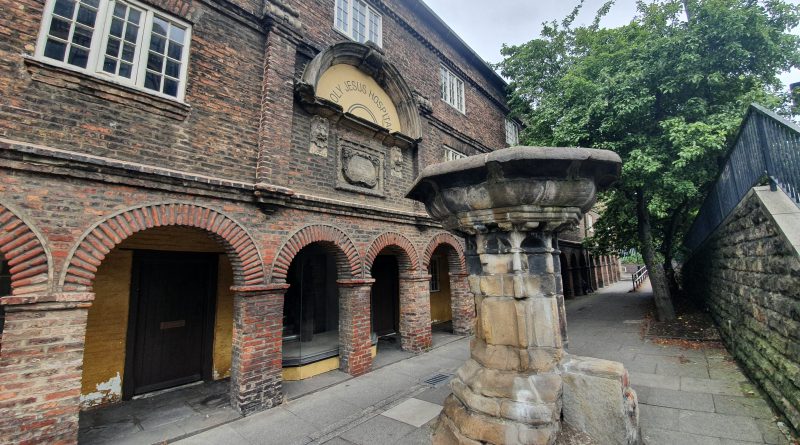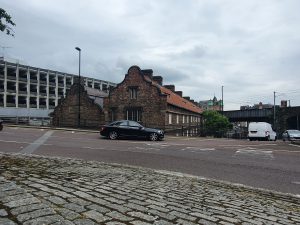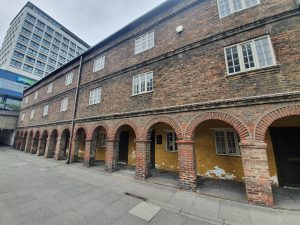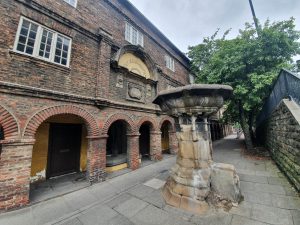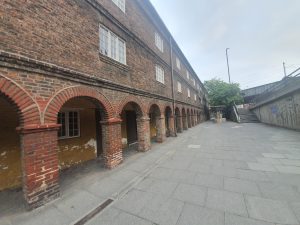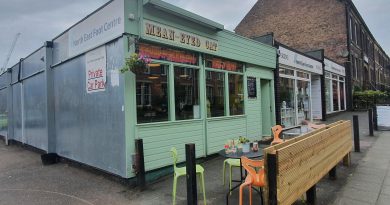Newcastle – Holy Jesus Hospital
This old building in Newcastle looked interesting to me, even though it’s clearly been the victim of some rather aggressive road building practices in recent decades.
It’s likely necessary to click on this dual map to mark it larger, but it shows how dominant the road system has become to the geography of Newcastle over the last century. What would have been a quiet area has now become something of a traffic junction.
Anyway, back to the building itself, this is the former Holy Jesus Hospital building which was constructed in 1681 for the Corporation of Newcastle upon Tyne. It was designed to accommodate a master of the hospital, as well as 39 poor freemen or their widows, with an extension added on the rear in 1886.
This usage as an almshouses was a continuation of its hospital usage from its period as an Augustinian Friary between 1291 and 1539. After the Reformation, a request made by Thomas Cromwell to leave the building intact for usage as the King’s Council of the North meeting facilities, a bit like an early Northern Powerhouse. It wasn’t much used for this though, so the structure started to fall into disrepair, before eventually in the seventeenth century it all came under the control of the City Corporation.
The beautiful sandstone fountain outside the front entrance is now quite worn, but it does date from the late seventeenth century and so I suppose that’s understandable. The street level around it has been raised though, so it has now lost some of its visual impact. There is also a tower at the site, which I managed not to see as I was rushing to the pub, with this dating from some time around the late sixteenth century (the tower, not the pub).
For some time the building was used as the John George Joicey Museum from 1950, which would seem an ideal usage for the former hospital today. However, that closed in 1983 and it is now used as offices by the National Trust and other organisations. Lovely as this is, it seems an entirely unsuitable usage for such an interesting building, which should really be accessible to the public. There are occasional opportunities to visit the interior as part of a guided tour, but it’s a shame that more isn’t always available given it that it was in use as a hospital for over 700 years and is one of only two seventeenth century brick buildings to survive in the city.

